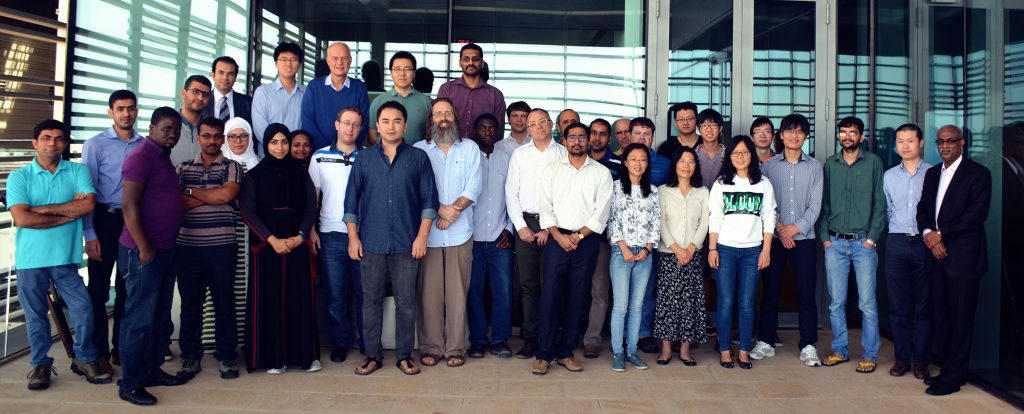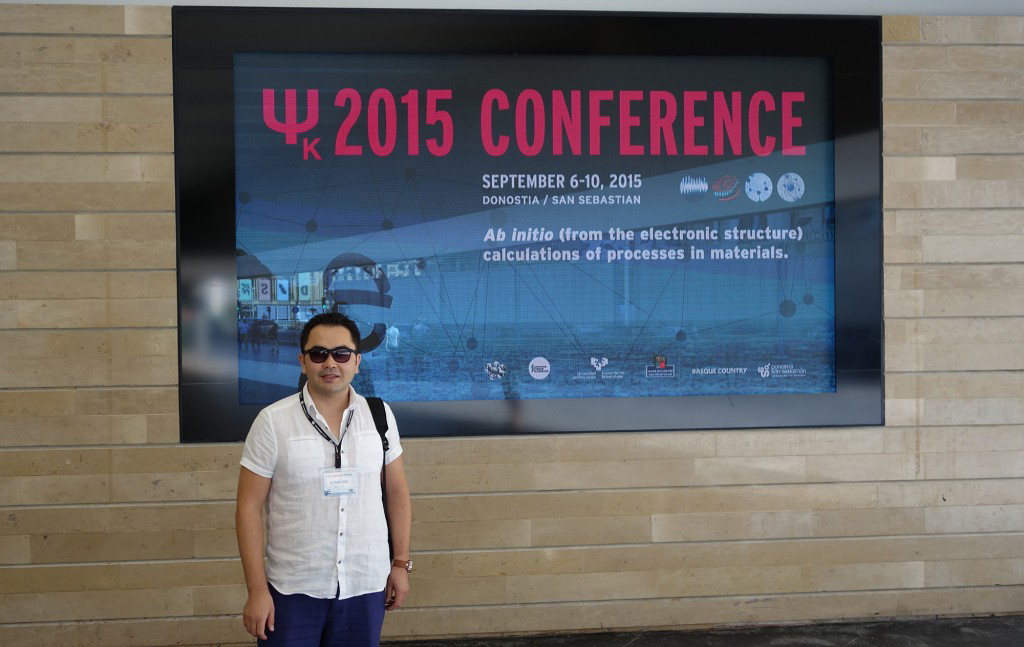13 May VASP Workshop
[vc_text_separator title='' title_align='separator_align_left' border='no' border_color='' background_color='' text_color=''] We just had a great 2-day workshop on the Vienna Ab-initio Simulation Package (VASP) organized by the KAUST Research Computing from May 10 to 11, 2016. The workshop featured a combination of lectures and hands-on tutorials by Dr. Martijn Marsman (who is one of the main developers of the VASP) from the VASP team in Vienna. This was not an introductory workshop, it focused more on the advanced features of the VASP, such as the hybrid functionals, linear response, GW, BSE, and ACFDT (RPA). At KAUST, there are three research groups that use the VASP heavily: Computational Physics and Materials Science (CPMS) group, Solar & Photovoltaics Engineering Research Center (SPERC), and KAUST Catalysis Center (KCC). Among these groups, I think we at CPMS use the VASP the most, with 24 seats. Similarly, last year we had a 2-day workshop on VASP and MedeA® modeling suite, from March 11 to 12, 2015. The speakers were Christan Minot (professor of Chemistry at Université Pierre et Marie Curie, Paris VI), Walter Wolf, René Windiks and Alexander Mavromaras from Materials Design, Inc. The first day of the workshop introduced pretty much everything about the fundamentals of the VASP. The second day was focused primarily on the hands-on...










